A new protocol combines gold nanoparticles with an enzyme substrate to give a simple test for the activity of an enzyme, the results of which can be seen with the naked eye.
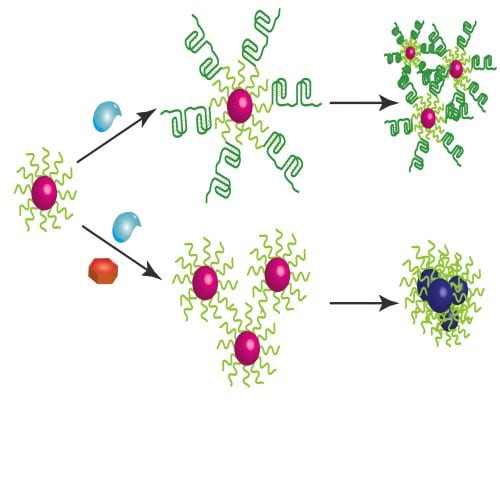

A new protocol combines gold nanoparticles with an enzyme substrate to give a simple test for the activity of an enzyme, the results of which can be seen with the naked eye.
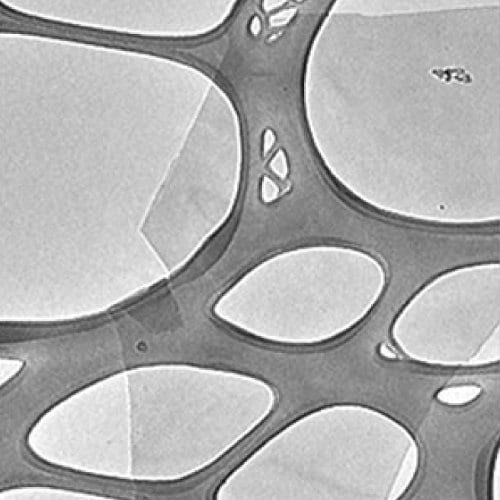
A new process can create large numbers of single-layer nanosheets quickly and efficiently, applicable to any suitable bulk material.
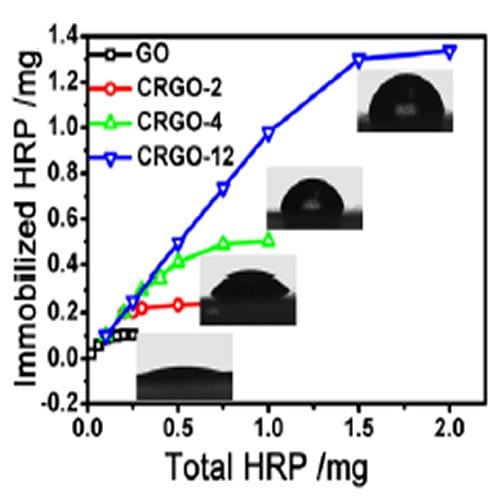
Chemically reduced graphene oxide is a good substrate for high enzyme loads, with activities comparable with those found in solution.

Whatever happened to curiosity-driven research aimed at the creation of fundamental knowledge without the need for immediate application?
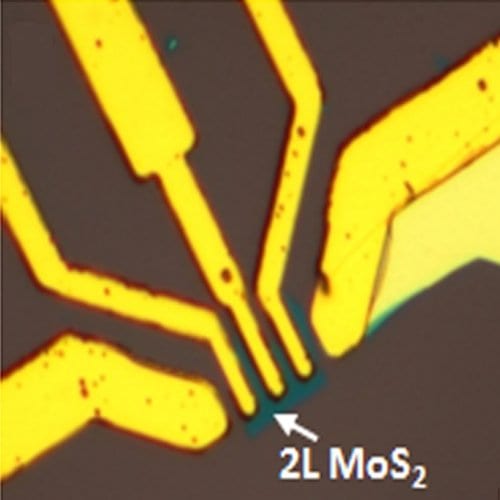
Nitric oxide detectors made of two to four layers of MoS2 incorporated into a field-effect transistor outperform a single-layered device.
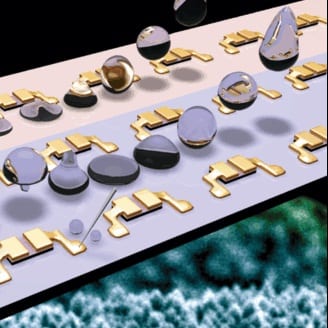
The development of nanostructured ZnO components for devices could lead to inherently waterproof electronic devices.
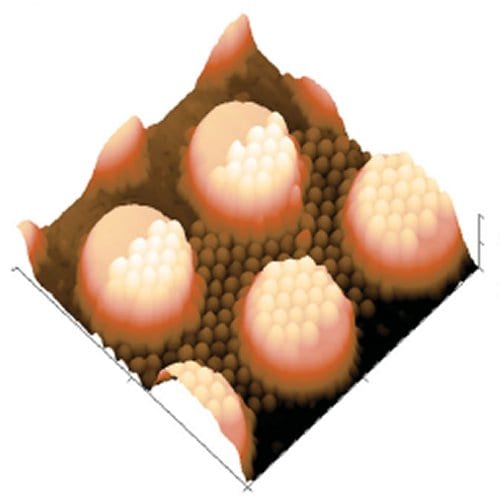
Nanosized features can easily be printed accurately onto an already patterned surface, using a new technique called nanoimprinting by melt processing.
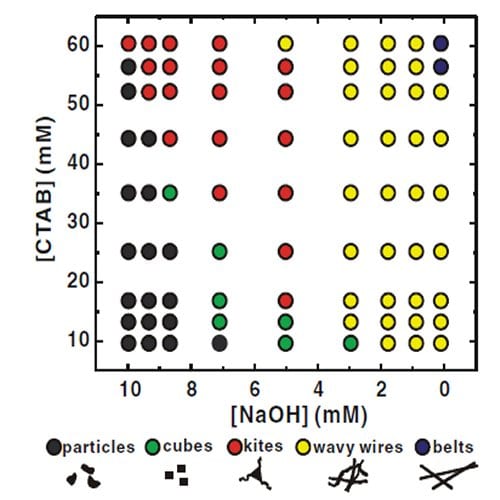
Making exactly the noble metal nanostructure you want is now much simpler, thanks to a microfluidic array developed by US and Chinese researchers.
How do you stick a label on something as small as a cell? Cell-labeling techniques are explained, and the use of polymer-coated nanoparticles as environment-sensitive cell labels is demonstrated by scientists in Germany and Australia.
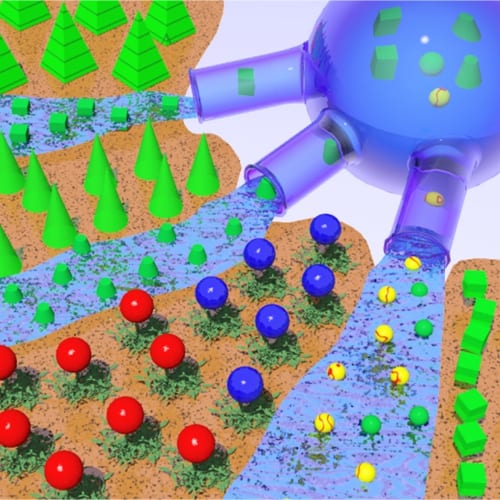
Professor Geoffrey Ozin discusses the safe and responsible development, production, use, transportation, and disposal of nanoparticles in existing or emerging nanotechnologies.